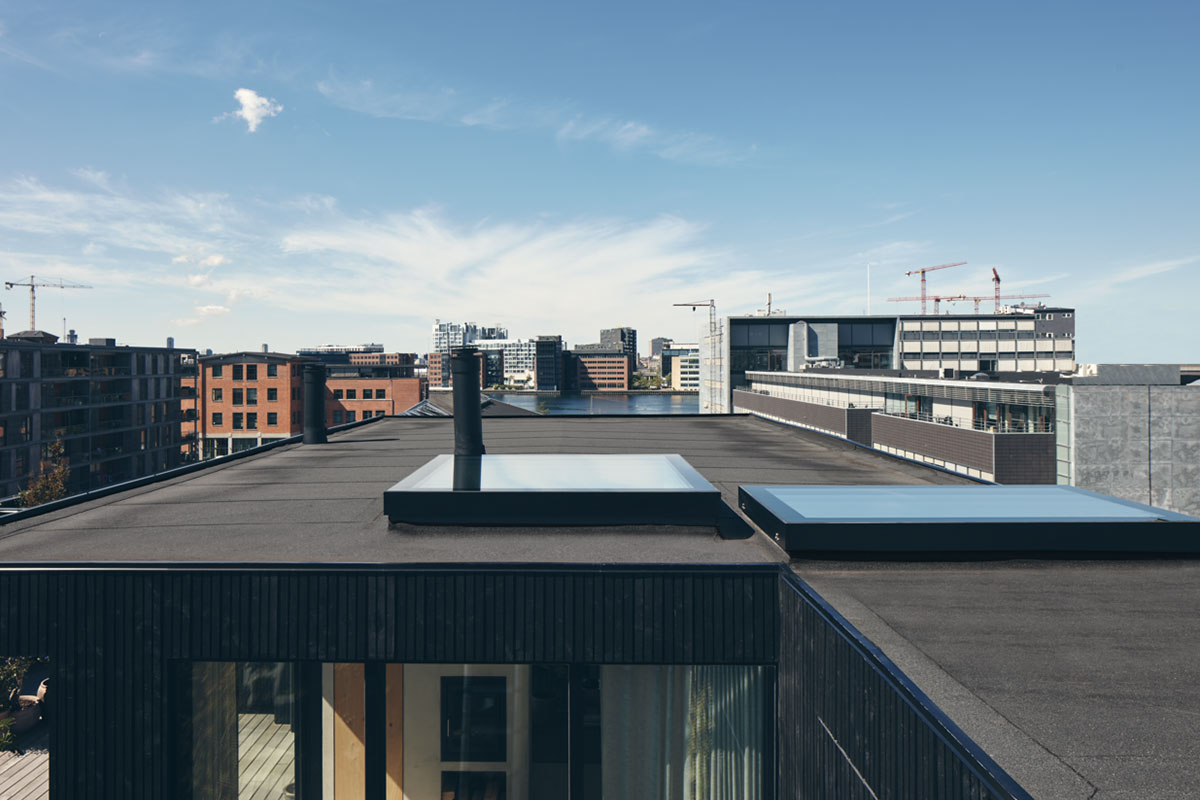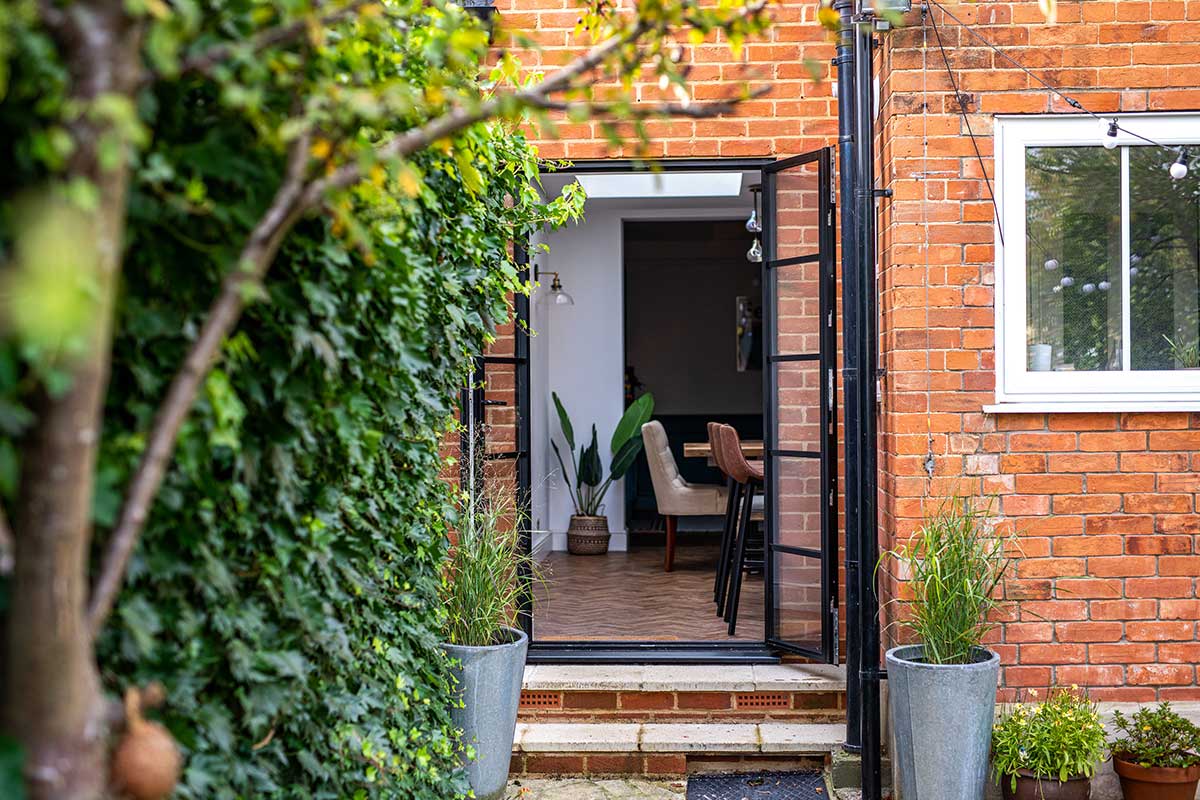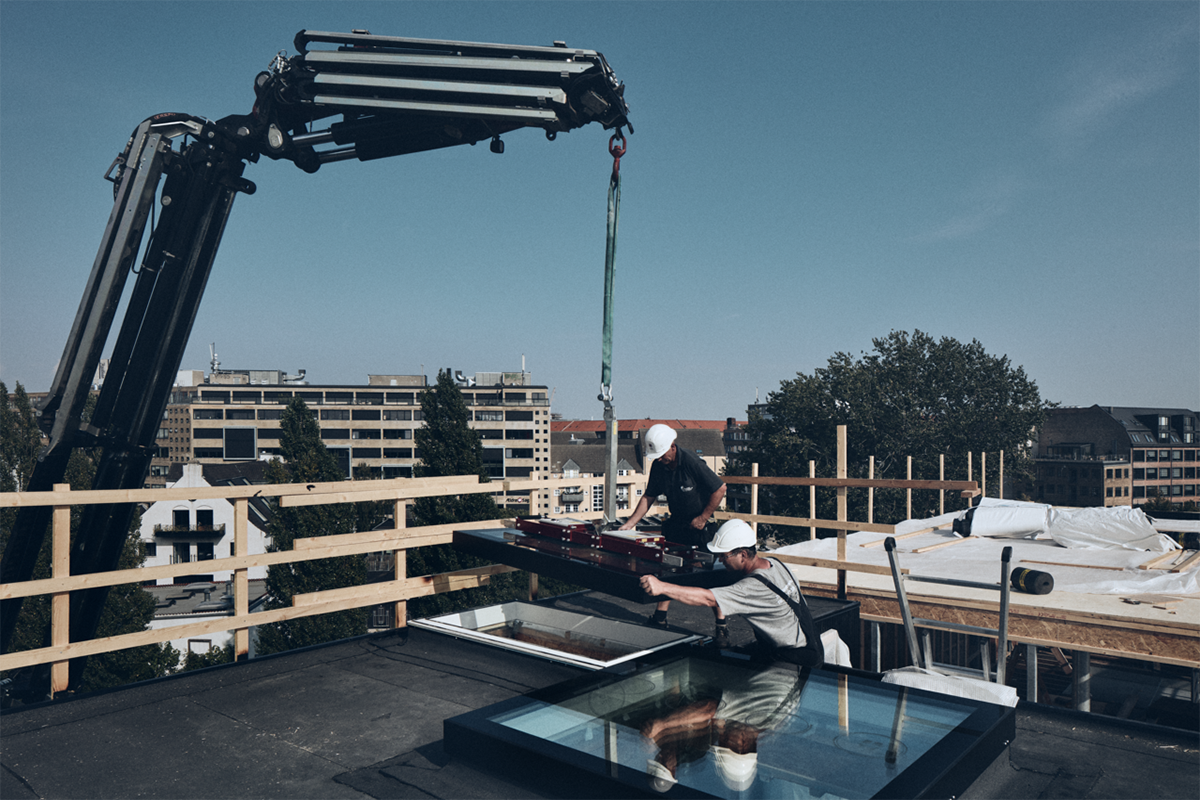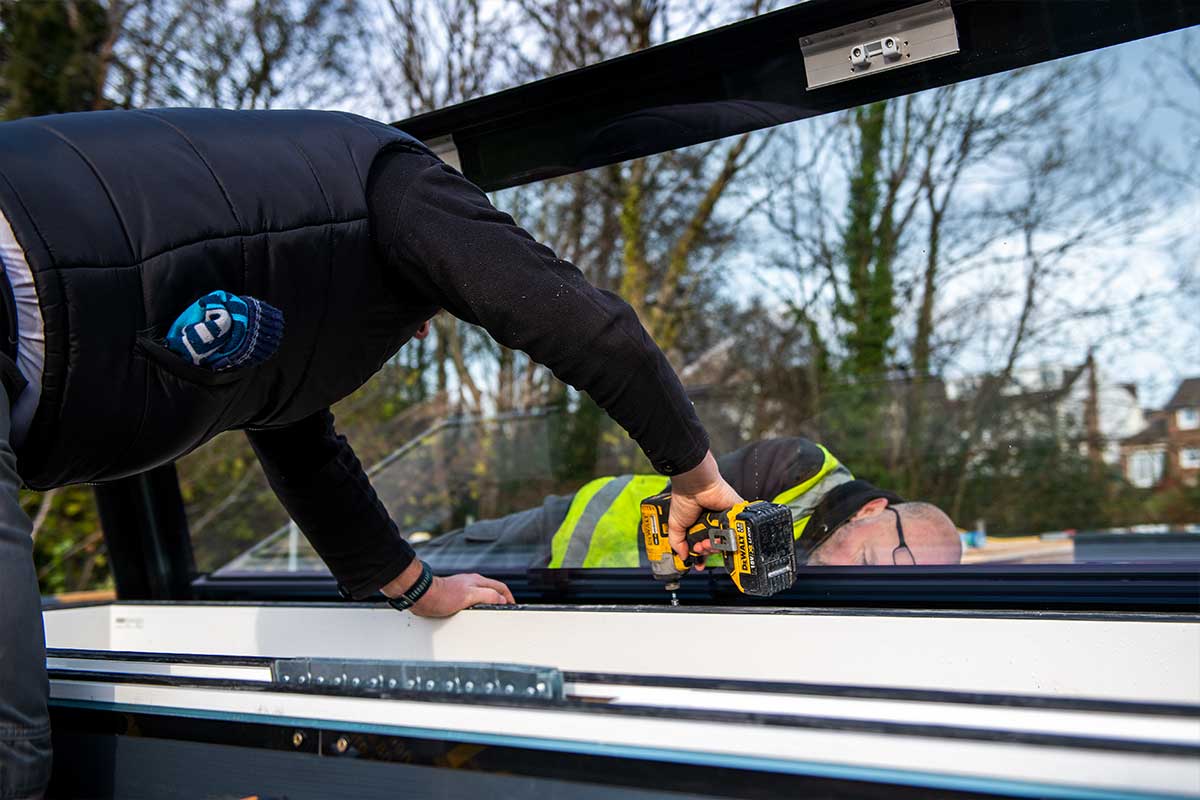Everything you need to know before you decide to self-build
More and more people are choosing self-build as their route to their dream home. Complete control over every decision and the chance of getting a lot more house for your money, along with the rise in popularity of property focused reality TV shows mean this is now more popular than ever. If you’re prepared to spend a bit more time getting to the perfect home and don’t like the idea of buying a home someone else specified, self-build may be the route for you. Here’s our guide to what’s involved to help you decide.
The first thing to understand is that there are different paths you can take with your self-build project, depending on how much money, time and skill you have to apply to the project. Before committing to any route, you need to apply some seriously careful thought and planning. You will also need to make some key decisions before any building work begins.
Here, we take you on a whistle stop tour of what’s involved so you can assess your appetite for self-build before you take the project further.
What is meant by self-build?
When we talk about self-build, we mean you specify every aspect of your new home with a view to getting something that is an exact match to what you want. This is very different to buying a new build from a developer.
It doesn’t mean you have to actually build the thing yourself (phew!) although you can if your time and skillset mean that this is an option for you. But those of us without the requisite skills can still self-build. Roughly 11,000 self-build homes are built every year, but less than 10% of homeowners actually got their hands dirty doing the building work.
Most self-builders do want to be deeply involved in creating their dream home, from design to selecting contractors to deciding on every little element of the finish.
How much should I budget to self-build?
To give you a rough estimate, to self-build a home will cost you somewhere between £1,000 and £3,000/m² including materials and labour.
Before you start designing your dream home, you should be warned that there are a number of things that can cause costs to climb outside this bracket:
- Where: The cost of buying land, hiring skilled tradespeople and even standard construction workers will vary significantly in different parts of the country, so do your homework on your local market.
- Proportions: If you’re planning highly original shapes and layouts this can impact costs. There’s a reason most developers build square houses.
- Height: The more storeys you build, the better the use you make of the land you buy, reducing land purchase cost, plus foundation and roofing costs.
- Materials: If you want to go premium all the way from the building materials to the interior decor, it’s going to cost more than we’ve outlined. However, if that’s in budget, enjoy your luxury finish.
- Work: The more you can do yourself, the less the project is going to cost. The caveat here is that you need to be skilled enough to do the work. Nothing feels as rotten as having spent loads of time doing something, only to have to then pay a contractor even more to undo your mistake and do the job correctly.
Why do people self-build?
If you have a dream of creating a truly unique home, tailored to your preferences and lifestyle, or perhaps you’re looking to create a home that reflects your priorities, for example a very eco-friendly or energy efficient build, then self-build is a great route to getting exactly what you want. An additional incentive is that those who self-build usually achieve a bigger home and garden for the same budget as buying a new home that has been developed for them. Typically, self-builders save about 30% on the market value. They can also typically enjoy a 25% return on their investment when they come to sell.
I’m a first time buyer, can I self-build?
Typically, first time buyers don’t have the time or finances for a self-build project, but that’s not to say it can’t be done. If you happen to have one of the core skill sets required by a traditional self-build project, and a degree of time, patience and a willingness to learn, it can be a great route to a better first home than you’d imagined you might afford.
If the idea of managing all the different aspects of the project scares you a little, but you’re in a solid financial position, a custom build where you lean on a developer to do a lot of the heavy lifting around land buying, permissions, contractor sourcing etc., so you’re not having to do the technical stuff yourself.
How do I finance my self-build project?
None of the costs of a self-build project can be deferred very far into the future, so unlike a ready-made home, you’ll need a lot of capital available up front. This doesn’t mean you have to have very deep pockets though. Aside from leaning on your savings, you could potentially release equity from your existing property if you have one or get a self-build mortgage.
A self-build mortgage typically releases money in stages alongside the progress of the build. It is different to a traditional mortgage where you get the full sum on completion of the sale. At present, not many high street banks offer these although there are a number of specialist providers who’ve sprung up to service the growing need in the market.
How do I work out a budget?
Your budget should consist of three parts, the land (known as the plot), the build and the contingency.
- The Plot: Look at an average market rate per square metre for your area on land where development is either permitted or highly likely based on similar developments on neighbouring lots. Figure out how big an area you’ll need for your home and garden and then work out what the total cost is likely to be.
- The Build: This is the most detailed part of your budget as you’ll need to factor in all the different materials, contractors, fixtures and fittings that make up your dream home. A professional architect or developer will be able to help with this, or if you’re intent on doing it alone look at the different guides available online to help you.
- The Contingency: The last thing you want on a self-build project is to run out of money part way through because of unexpected or underestimated costs. This means you should put at least 10% and ideally close to 30% if it’s your first self-build into a contingency fund so you have capital to cover these costs as they arise without stalling your build.
If you’re looking to make money on a self-build project, the sum of these three should be less than the projected value of your future home.
How to find land
Finding land for your self-build can be one of the most challenging parts of the project. You need to be proactive, resourceful and dedicated in order to secure a good one as you’ll be up against professional developers.
- There are specialist plot sourcing services that can do the job for you, which can be helpful if you’re tight on time but can afford to use them.
- If you’re planning on doing your self-build locally, use your home turf advantage and keep your eyes open as you drive around.
- Get on every agent’s list, letting them know exactly what you’re looking for and that you only want to be contacted about suitable plots.
- Check out auctions as plots are often sold this way.
- Check on recent planning permissions as these contain details of who to contact about those plots, so you can reach out proactively and find out if the developer is willing to sell.
When assessing your plot, keep an eye out for:
- Expired or about to expire planning permission
- Access issues or lack thereof
- Covenants
- Existing services
- Absolute title deeds rather than possessory
Finally, be sure to register with the local authority under Right to Build, which requires local authorities to keep track of the demand for serviced plots in their area.
What else do I need to decide or do?
- Involvement: Most projects are executed by a main contractor and project managed by you, the homeowner. But you can decide to have as much or as little involvement as you like depending on your time, skills and budget.
- Materials: There are a number of different construction materials you could use for the superstructure, from more traditional masonry and timber to insulated panels to natural materials.
- Design: You’ll probably need professional help with this unless it’s your own trade, so you’ll need to decide who’s a good fit for your vision and how much input you want on the design.
- Permissions & Regulations: All new homes require planning permission and must adhere to Building Regulations so be sure you understand what’s involved fully before you commit to self-build.
- Contractors: Unless you’re skilled enough and committed enough to do most of the work yourself, you’ll need to decide who’ll be your team for the build. Recommendations from trusted family, friends or other contacts is a great place to start.
- Insurance: You’ll need specialist insurance so make sure you know a few names to get quotes from.
- Services: If you don’t already have services to your site, you’ll need to budget anywhere between £500-£10,000 and you may need additional permissions, so do your homework.
- Accommodation: Few self-builders can afford to stay in their current home whilst they build, so you need to decide whether to rent, stay with family or friends or even live on site.
- Timeline: Make sure you know not just how much your self-build will cost but how long it will take and when you expect the different stages to complete.
- CIL Exemption & VAT Reclaim: Follow the 4-step exemption process for self builds to avoid paying the Community Infrastructure Levy (CIL) and make sure you hang on to every VAT receipt so you can reclaim some of the VAT on your project.
Finally, don’t forget to lean on us when you come to drench your dream home in daylight, you can design your perfect bespoke rooflights using the Vario by VELUX configurator tool or you can always reach out to us with any question you might have along your building process



































